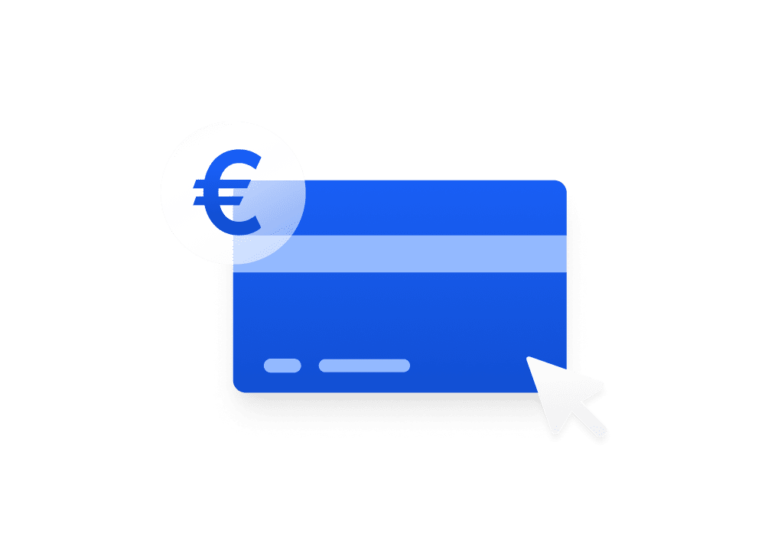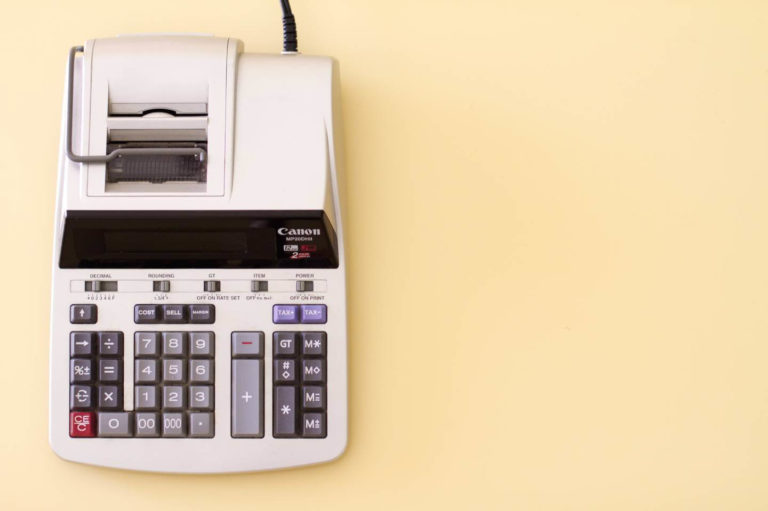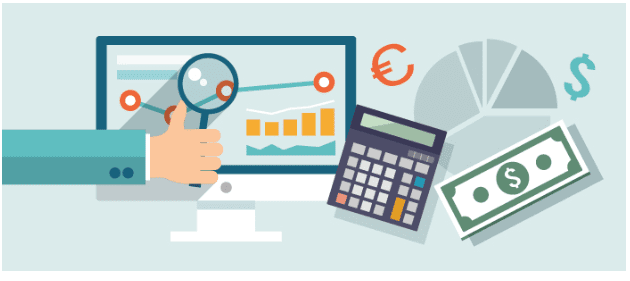Managing all of your company’s suppliers can be a hard task to swallow, but designing good supplier management can be even more complicated. So let’s explore the options you have to make this challenge a breeze.
If your business depends on a supplier, or suppliers, you will probably be aware that the task of managing them can be a particularly complicated task, it can in fact be an absolute disaster if left as unattended process. Which is exactly why we are going to cover the keys to designing the best possible management, to avoid any disasters.
So let’s dive in, let’s cover three aspects that will guide you in your supplier management, and boost it to a new level.
Determine the conditions of a deal
Contracts tend to scare most people/company’s, because terms and conditions of a deal can be difficult to grasp. So in this case, clearly determining and outlining the terms and conditions within the contract can help set an expectation standard. That being said, if you’re the one signing the contract, make sure you have thoroughly read it – not just skimmed over it during your coffee break at 10am – but really read it and understood it, review it several time, so that you’re not stumped with a clause that could harm your business.
To avoid any complications with the above at both ends, you could revert back to the negotiations stage, what did you outline back then? What has already been written down and agreed to? You should always keep a paper-trail of negotiations and not rely on the other party to record everything. Don’t see this as being suspicious, but rather as a precautionary measure to avoid any unexpected surprises.
And finally, do not sign anything if you believe that the provider or supplier does not fit what you are looking for, because the legalities which surround a breach in contract are more than undesirable, and can sometimes come with hefty fines.
Supplier payment system
Don’t rush into anything, take your time with suppliers. Before signing a contract, optimise the management of your suppliers by informing them about, them. Pulling a report on the company you are wanting to work with, can show if they have any debts or net, and will also confirm if they can meet your requirements in the deadlines you set.
In this regard, you can work directly with bank remittances. A bank remittance is a document that groups several receipts and it’s something that the seller delivers to his bank, which means it is one that makes the payments to all customers. Why is it a good idea? To begin with, it will save a lot of time, effort and workload. But the main benefit, is that is can optimise the collection management.
Supplier selection
This is the big one, the key in terms of supplier management; be vigilant and take care of your selection process. It will establish a selection criteria that takes into account the history and profile of the supplier, and also knows how to analyse the strategic advantages that your company can benefit from by having it.
You should use as many references you can find at you disposal; business reports, comments from other customers of the provider, take a look at the infrastructure you have, and also remember, never settle.
Why? Because, you should continuously looking for new suppliers. If you work in a competitive industry, suppliers will be rife, and more competitive than ever. Any issues you find you are experiencing today, can be overcome by another supplier tomorrow, so keep up the search.
You should never solely rely on one supplier, because what will happen if something unexpected happens to them? Also, if a supplier knows you work with other suppliers, they will constantly strive to deliver the best possible service, and will want to keep you happy.
To help you manage your supplier management consider using a powerful system to manage all aspects of your business, all from one, easy-to-use, cloud ERP software, provided by Holded.











